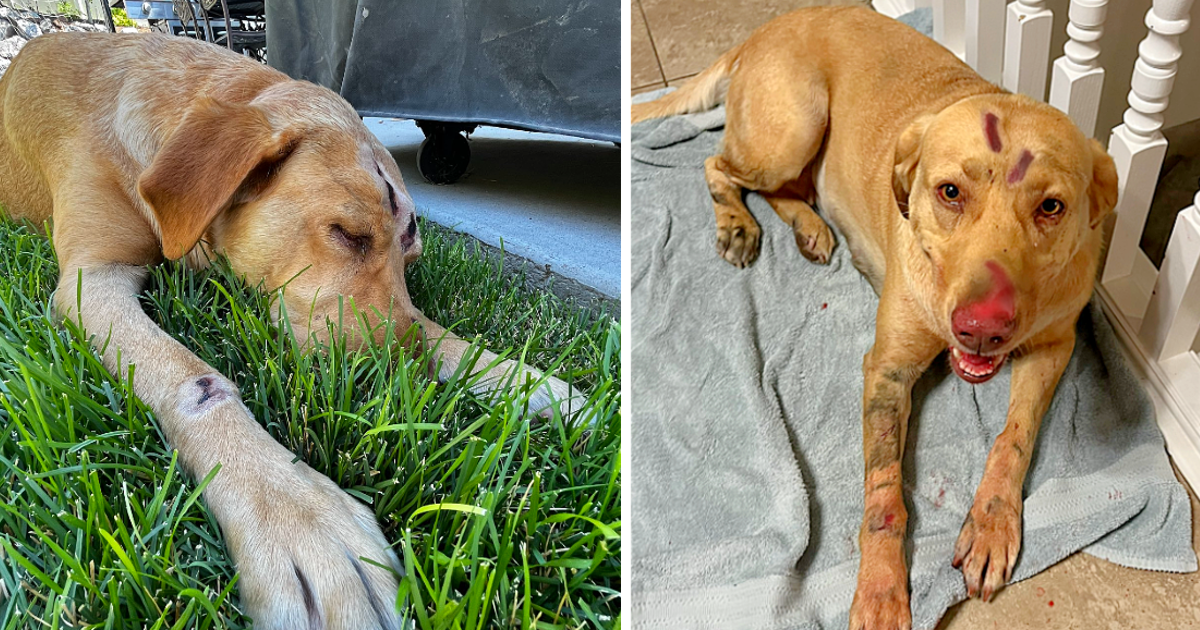Spring is a magical time of year when our hedgerows, trees and cliff edges ring with the peep and chirrup of freshly hatched chicks. While magical, it’s also a precarious time for these baby birds – facing multiple threats including cold, starvation and predators. Just hours after hatching, the chicks of some bird species, such as the greylag goose, can run about and feed themselves, while others, such as the blue tit, hatch blind and helpless and are dependent on their parents for weeks.



It’s a wondrous spring spectacle and a prime time for birdwatching, so we invite you to pack your binoculars and keep your eyes peeled for these spring chicks in the British countryside.
How to identify chick species
Greylag goose

Like other waterfowl, the greylag goose produces ‘precocial’ chicks, ready to ‘go’ soon after hatching, but also dependent on their parents, whom they follow assiduously. They are pre- programmed to follow the first thing they see on hatching (usually a parent), a process called ‘imprinting’.
Blue tit

This common garden visitor takes advantage of nest boxes we provide and, fitted with a camera, we can watch as the eggs are laid, incubated and hatch. The blue tit lays the largest clutch – up to 16 eggs – of any bird. The blind and helpless chicks are brooded for the first few days and kept warm by the well-insulated nest. Fed prodigious numbers of caterpillars, the chicks grow rapidly and fledge after three weeks.
Learn more about British tit species
Mallard duck

Young mallards leave the nest within hours of hatching. All birds lay only one egg each day, so to ensure all her chicks hatch and leave the nest together, the mallard starts to incubate only after the last egg is laid. The chicks ‘peeping’ – effectively talking – to each other from within the eggshell even before the first hole in the shell is made further enhance synchrony of hatching.
Mute swan

Among the heaviest of all flying birds, the mute swan weighs about nine kilos and lays a clutch of four to 10 eggs, each of which weighs about 340 grams. On hatching, the cygnet — the archetypal ‘ugly duckling’ — is covered in grey down, but with its eyes open, and ready to take to the water. The cygnets are protected by both parents for three or four months and attain the white plumage of their parents after only a year.
More like this
Golden eagle

The Highlands’ most celebrated bird of prey lays two eggs but often only one chick fledges. If food is abundant, both chicks are reared, but if food is short, the weaker chick is allowed to starve, or in some cases is killed by their older sibling. This seemingly harsh tactic ensures that, overall, an eagle will rear more offspring during its lifetime than they would otherwise.
Kittiwake

Our only cliff-nesting gull and its chicks have evolved to sit tight in the nest and not run around like the chicks of ground-nesting gulls. The kittiwake’s one or two (sometimes three) chicks hatch covered in white down and with their eyes open, but they are utterly dependent on the parents to both brood and feed them in the nest. They fledge after about 35 days.
Goldcrest

Regarded as Britain’s smallest bird, at around five grams. Despite its size, it lays a large clutch of 10 to 12 eggs. Birds use an area of featherless skin on the belly called the brood patch, to warm eggs. The goldcrest’s brood patch is not large enough to make contact with so many eggs at once, so the female gets round this by pumping blood into her legs and uses the heat in them to warm her eggs. At hatching, the tiny, naked, helpless chicks weigh about 0.6 grams, less than the weight of a standard paperclip.
Guillemot

This chocolate-brown and white seabird lays a single brightly coloured egg whose pointed shape helps to keep it stable, and less likely to roll, on the bare rock ledge on which it is laid. Incubation takes 32 days, and the chick requires two or three days to break out of the top of the thick shell. By the time it hatches, the chick and parents have learned to recognise each other’s voice.
Cuckoo

It is well known that the cuckoo will lay and abandon its egg in the nest of another species. Once hatched, the cuckoo chick will oust its nest mates – the offspring of its foster parents – to avoid sharing food. The young cuckoo typically hatches first, because its egg requires a shorter period of incubation. Despite being blind and naked, the hatchling cuckoo has very strong legs and a small hollow on its back into which it manoeuvres the host’s egg or chick and then, pushing with its legs, flips them over the side of the nest.





